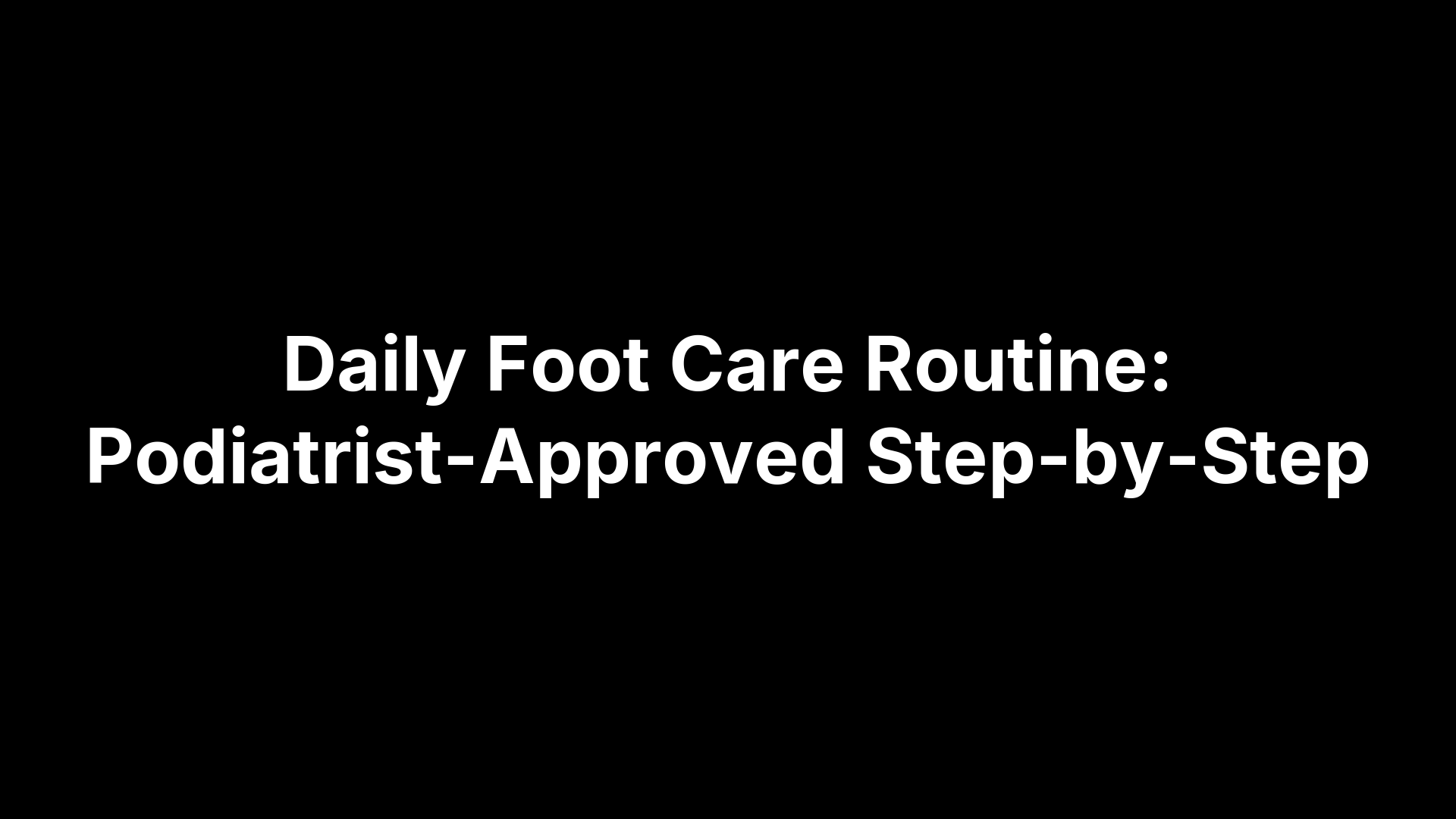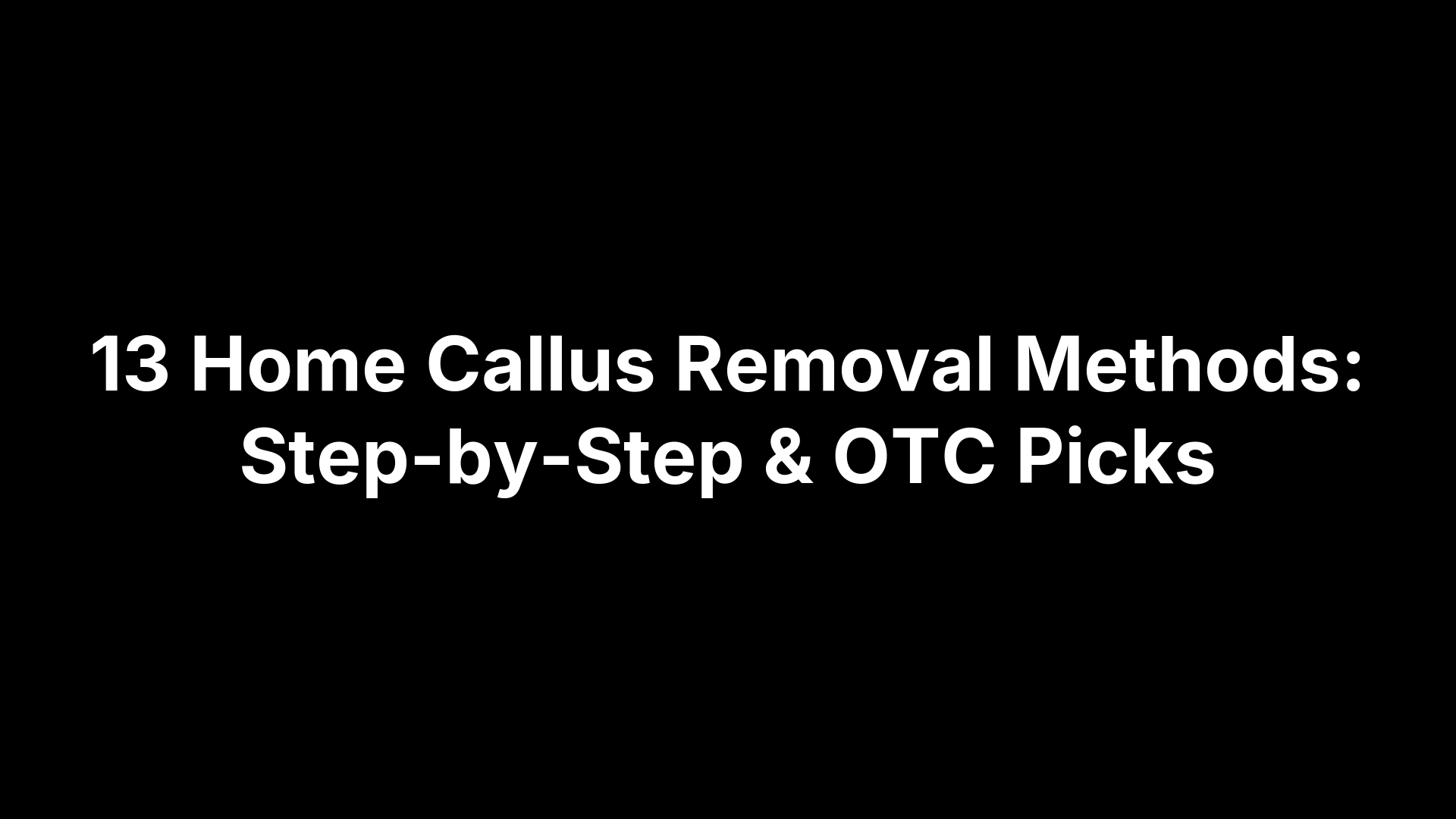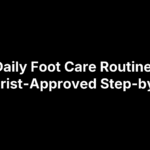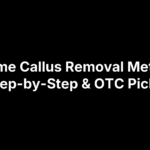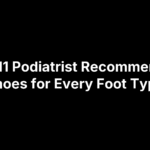Achilles tendonitis is a common cause of stubborn heel and calf pain, often driven by overuse and tendon degeneration rather than simple inflammation. Platelet-rich plasma (PRP) is a regenerative option that uses a small sample of your own blood, processed to concentrate healing platelets, then precisely injected into the painful area—typically with ultrasound guidance—to stimulate repair. It isn’t a quick fix and it’s not for complete ruptures, but for persistent cases it may help reduce pain and improve function.
This guide explains how PRP works for Achilles tendonitis, what the research shows, who’s a good candidate, and how it compares with physical therapy, shockwave, cortisone, and surgery. You’ll learn what to expect on procedure day, recovery timelines, how many injections you may need, risks and costs, and practical prep and aftercare—so you can decide with confidence.
How PRP works for Achilles tendonitis
PRP injections for Achilles tendonitis start with a small blood draw that’s spun to concentrate platelets and their healing growth factors. Using ultrasound, your provider delivers this concentrate precisely into the degenerated portion of the tendon (mid‑substance or at the insertion). Once there, platelets release signals over days to weeks that stimulate tissue repair, support collagen production, promote new micro‑blood vessels, and help calm inflammation. Expect improvements to unfold gradually—typically alongside a structured, progressive loading program to guide tendon remodeling.
- Targets degeneration: Focuses on the worn fibers common in chronic tendinosis.
- Biologic boost: Platelet growth factors aid collagen synthesis and tissue repair.
- Guided placement: Ultrasound improves accuracy and safety.
- Rehab synergy: Best results when paired with eccentric strengthening and load management.
What the research says about PRP for Achilles tendonitis
High‑quality studies show mixed results. Randomized trials and meta‑analyses comparing PRP to placebo (with both groups doing eccentric rehab) generally find no clear superiority of PRP at 12–24 weeks or 1 year. Some data suggest modest short‑term gains at 6–12 weeks and ultrasound evidence of reduced tendon thickness around 12 weeks, but these differences often diminish over time. Reviews conclude PRP is an option for chronic Achilles tendinopathy, yet its clinical advantage over structured rehabilitation alone remains uncertain.
- Short term: Possible pain/function improvement within 6–12 weeks.
- Long term: Outcomes often similar to placebo by 24–52 weeks.
- Imaging: Some studies show decreased tendon thickness after PRP.
- Best context: PRP injections for Achilles tendonitis are typically studied in chronic cases alongside a progressive loading program.
Who is a good candidate (and who should avoid PRP)
Choosing the right patient is key. Because evidence is mixed overall, PRP injections for Achilles tendonitis are most useful in carefully selected, chronic cases after sound rehab. Our team weighs your history, exam, and ultrasound/MRI to decide when a biologic boost is likely to add value.
- Chronic symptoms (≥3 months): Despite eccentric loading, load tweaks, and footwear changes.
- Documented tendinosis: Imaging shows degeneration or microtears, not a fresh tear.
- Mid‑substance pain: PRP appears more promising than for insertional cases.
- Localized tendon pain: Not mainly from nerve or joint instability.
Avoid or delay PRP if:
- Complete rupture: Surgical repair is typically required.
- No rehab trial yet: Start with structured eccentric loading first.
- Pain from nerve compression: Tendon PRP won’t address a nerve source.
- Seeking a quick fix: Success depends on a committed, progressive rehab plan.
How PRP compares to other treatments
Think of PRP as a bridge between conservative care and surgery. In head‑to‑head research, PRP injections for Achilles tendonitis have not consistently outperformed placebo when both groups follow an eccentric loading program, though some short‑term gains are reported. That’s why PRP is best considered after a solid rehab trial, often to help restart tendon healing while you keep loading smartly.
- Eccentric rehab/PT: First‑line; PRP hasn’t shown clear long‑term superiority, but can complement it.
- Corticosteroid shots: Short‑term relief but can degrade tendon collagen and mechanics; generally avoided.
- Activity/load mods, footwear, orthotics: Reduce strain; usually paired with any approach, including PRP.
- Surgery: Reserved for complete ruptures or refractory cases; PRP is not for full tears.
What to expect on procedure day
Plan for a focused, clinic‑based visit. For PRP injections for Achilles tendonitis, we start by reviewing your goals, mapping the tendon with ultrasound, and drawing a small blood sample. While your blood spins to concentrate platelets, the skin is cleaned and locally numbed. Using real‑time ultrasound, the PRP is injected precisely into the degenerated tendon zone. You’ll walk out afterward with simple same‑day instructions.
- Time in clinic: About 45–60 minutes; injection itself takes minutes.
- Comfort: Local anesthetic; expect temporary pressure or soreness.
- After: Light activity only the first day; follow your customized loading plan.
Recovery timeline and return-to-activity plan
Recovery after PRP injections for Achilles tendonitis is phased and guided by symptoms. PRP jump-starts remodeling; it doesn’t deliver instant relief. Expect a brief soreness flare, then a gradual build toward stronger loading. Many patients notice meaningful change between 6–12 weeks in studies, with continued gains through 3–6 months when rehab is consistent.
- Days 0–3: Relative rest, light walking, ankle range of motion; expect temporary soreness at the Achilles.
- Weeks 1–3: Begin therapist‑guided isometrics and gentle calf work; avoid jumping and hills while maintaining easy daily activity.
- Weeks 3–6: Progress to eccentric calf strengthening, balance work, and low‑impact cardio (bike/elliptical); increase walking pace as tolerated.
- Weeks 6–12: As function improves, start a graded jog‑to‑run plan and sport drills if single‑leg heel‑raise strength and mechanics are solid.
- 3–6 months: Advance to full impact and performance goals as symptoms allow; continue maintenance loading.
Use symptoms as your guide: keep Achilles tendon pain mild and short‑lived; if it lingers into the next day, scale back. This patient‑specific, criteria‑based plan is how we approach PRP for Achilles tendinopathy in our clinic.
How many injections you may need
There isn’t a one-size-fits-all number. In research, most protocols use a single ultrasound‑guided PRP injection followed by progressive rehab; in practice, some patients benefit from a short series. For PRP injections for Achilles tendonitis, we typically start with one treatment, reassess at 8–12 weeks, and consider a second if you’re improving but not fully there. Spacing is commonly 4–6 weeks between injections. If there’s little or no response after 1–2 treatments, we revisit the diagnosis and options.
- Common plan: 1 injection + 8–12 weeks of structured loading.
- If partial response: 1 additional “booster” (4–6 weeks apart).
- Typical maximum: 2–3 total; beyond that, benefits diminish.
Risks, side effects, and safety
Because PRP uses your own blood, allergic reactions are uncommon, and clinical studies report few serious complications. Most people feel a short-lived pain flare after PRP injections for Achilles tendonitis as healing signals kick in. Still, any injection near the Achilles carries risks, which we work to minimize with ultrasound guidance, sterile technique, and a graded rehab plan.
- Temporary soreness/swelling: Common for 24–72 hours; ice and relative rest help.
- Bruising or tenderness: At the blood draw or injection site.
- Stiffness or pain flare: Can last up to 1–2 weeks before easing.
- Infection (rare): Promptly report fever, spreading redness, or drainage.
- Bleeding risk: Higher if you’re on blood thinners—tell your provider.
- Nerve irritation or tendon injury (very rare): Ultrasound guidance reduces this risk.
Costs, insurance, and affordability
Out-of-pocket costs for PRP injections for Achilles tendonitis vary with region, ultrasound guidance, the PRP preparation used, and whether you need a series. Many insurers still label PRP for tendinopathy as investigational, so coverage is inconsistent; HSA/FSA funds can usually be used. We’ll verify your benefits and give you a clear estimate before treatment.
- Typical per‑injection range: $500–$2,500, depending on technique and setting.
- What’s often covered: Your evaluation, imaging (ultrasound/MRI), and physical therapy—even when PRP isn’t.
- Ways to manage costs: HSA/FSA, payment plans, and package pricing when appropriate.
- Smart questions to ask: Is ultrasound included? Are there facility or follow‑up fees? How many injections are planned and why?
How to prepare and what to do after your injection
A little planning goes a long way. Good preparation and smart aftercare help you get the most from PRP injections for Achilles tendonitis and keep your rehab on track. Here’s how to set up your visit and the crucial first few weeks.
Before your appointment
Set expectations and line up the basics so the day runs smoothly and you can focus on recovery.
- Share your medication list: Tell us about blood thinners and supplements; don’t stop or start anything unless we advise it.
- Plan your day: Keep activities light after the visit and skip hard workouts for several days.
- Footwear matters: Wear/support with comfortable, supportive shoes you can walk in easily.
- Bring your plan: We’ll align your progressive loading and PT program with the injection.
Aftercare and rehab
Your body needs a window of relative rest, then a steady build of load to remodel the tendon safely.
- First 24–72 hours: Relative rest, easy walking, ankle range of motion; ice can help soreness.
- Weeks 1–3: Start isometrics and gentle calf work per your plan; avoid hills, plyometrics, and sprints.
- Weeks 3–12: Progress eccentrics, balance, and graded return to running as symptoms allow.
- Use the pain rule: Keep pain mild and short‑lived; if it lingers into the next day, scale back.
- Follow‑up: We reassess at 8–12 weeks to gauge progress and decide if another injection is warranted.
Common questions about PRP for Achilles tendonitis
Patients ask smart, practical questions before choosing PRP injections for Achilles tendonitis. Here are concise, evidence‑based answers to help you decide confidently.
- Does PRP work? Evidence is mixed: modest gains at 6–12 weeks; by 24–52 weeks results often match rehab alone.
- How long is recovery? Soreness 24–72 hours; most notice progress by 6–12 weeks; full return builds over 3–6 months.
- How many injections? We start with one, reassess at 8–12 weeks, and consider a second 4–6 weeks later; rarely more than 2–3.
- Is it painful? Local anesthetic is used; ultrasound‑guided injection causes brief pressure and a manageable ache for days.
- Can I stay on blood thinners? Bleeding/bruising risk is higher; never stop medication without medical clearance—plans are individualized.
- What does it cost? Typically $500–$2,500 per injection; insurance coverage is inconsistent; HSA/FSA funds often apply.
- Which cases respond best? PRP appears more promising for mid‑substance tendinosis; imaging and exam guide candidacy and placement.
How our podiatrists personalize PRP care in Central Virginia
At Achilles Foot and Ankle Center, we tailor PRP injections for Achilles tendonitis with ultrasound-guided placement, imaging-informed diagnosis, and a criteria-based loading plan coordinated with your physical therapist. You’ll get clear benefit verification and pricing, same-day access when needed, and care delivered across our advanced, multi-location clinics in Central Virginia.
The bottom line
PRP can help jump‑start healing in chronic Achilles tendinopathy—especially mid‑substance cases—when paired with a disciplined loading plan. Evidence is mixed, it’s not for complete ruptures, and progress builds over weeks to months. If you’re considering PRP, our team can confirm the diagnosis with ultrasound, tailor rehab, and discuss clear pricing and timing. Ready for a plan that fits your life? Reach out to Achilles Foot and Ankle Center.


